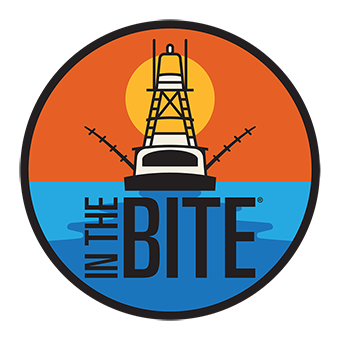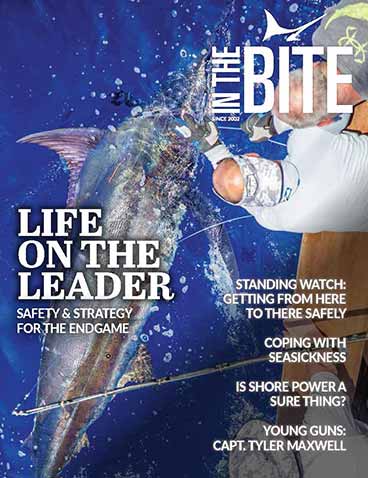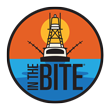Reduce The Glare In Fog
GLARE REDUCER Captain Rich Barrett Jupiter, Florida Skill Level (1-star) While captain Barrett was running up north from Florida in June, he encountered a lot of fog. He continued running 30 knots in what he called pea soup and kept his eyes peeled on the lookout and his radar. Off the coasts of Delaware







